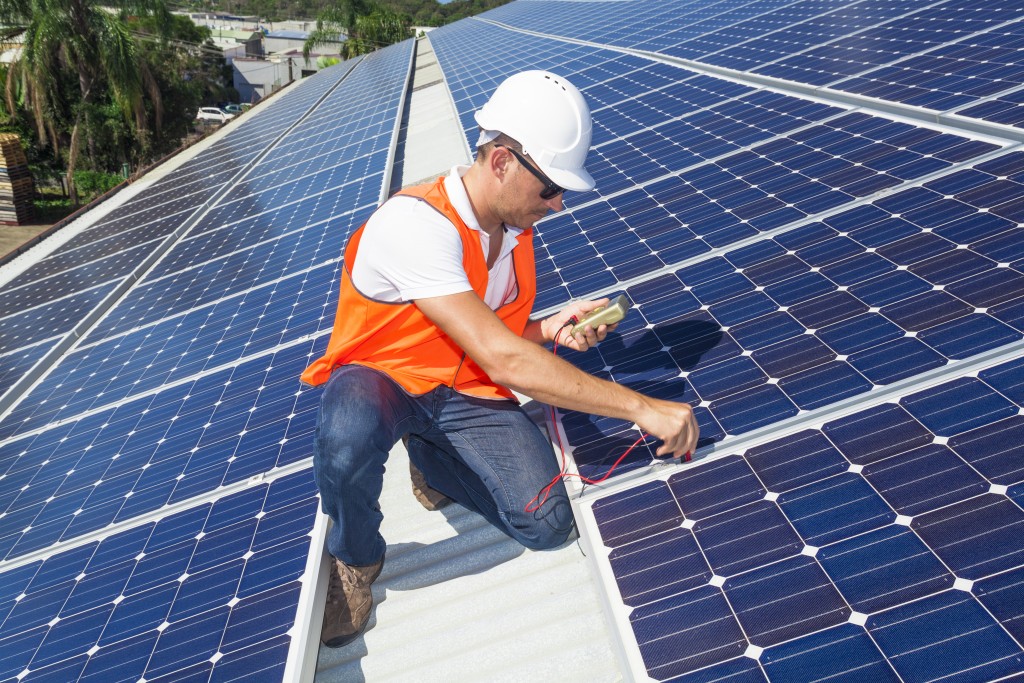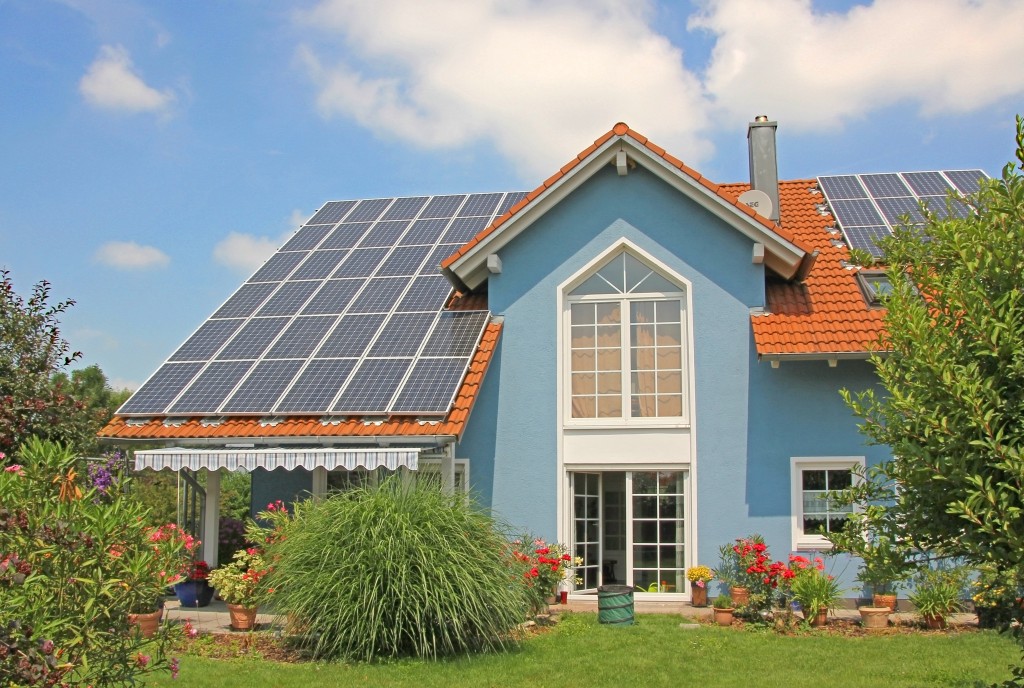Regular construction work can create a lot of waste. The materials and the activities involved in erecting a structure often generate trash from packaging and surplus that, if not properly disposed of, will pollute the Earth.
However, there are ways to ensure that the construction of your new house or home extensions does not cause too much harm to the planet. There is an eco-friendly way to do things. Here’s how.
Use Natural or Upcycled Materials
Sustainability means using materials that are renewable and biodegradable. It applies to the clothes you wear, the furniture you use, and the house where you live.
There are alternatives to building materials often used in construction. Instead of concrete, you can use hempcrete which, as its name suggests, made of hemp.
Timber has the lowest environmental impact among other popular building materials. It is natural, but it is extremely durable (it has been used to build houses for centuries), does not require fossil fuels to produce, and it grows from the earth.
If using timber or other natural alternatives is not an option, your home can remain sustainable by opting for upcycled building materials. Although concrete is neither natural nor biodegradable, it can be recycled. Recycled materials save construction supplies from ending up in landfills where they will remain for hundreds to thousands of years and giving them a second life.
Think Ahead
 Having a sustainable home should cut your carbon footprint. During construction, you should incorporate elements that will reduce your consumption of energy.
Having a sustainable home should cut your carbon footprint. During construction, you should incorporate elements that will reduce your consumption of energy.
Insulating your walls (using sustainable materials) will ensure that the room will be warm during autumn and winter. You do not have to crank up the heat when the temperature outside starts to drop. Sealing cracks and holes will prevent indoor air from escaping, allowing you to regulate the temperature inside easily.
Doing this cuts the heat losses through the walls significantly.
Create Living Walls
For summers, a living wall can cool your home.
A living wall is basically a vertical garden. The idea is you fill an otherwise unused space with your choice of plants. It can act as additional insulation, shielding your walls and your home from the heat of the sun during warmer months. Plants are also known to cool their surroundings through the process of evaporation. In short, a living wall looks good and will reduce the energy required to keep the house at a comfortable temperature during spring and summer.
If you are still unconvinced, plants can also filter pollutants out of the air. Having more greens in your property will ensure that, every time you take a breath, you are not inhaling gases or particles from the environment that are harmful to your health.
Or a Green Roof
The concept of a green roof is similar to a living wall. You will have plants of your own choosing to grow and thrive on the top of your head, shielding you from the harsh rays of the sun and cooling your home.
A green roof can also provide habitats for insects and birds as well as help reduce air pollution, especially if you live in an urban area.
To be frank, choosing sustainable alternatives to constructing or improving your home would cost much more. However, if you are doing it for the environment, then the investment is worth it.


